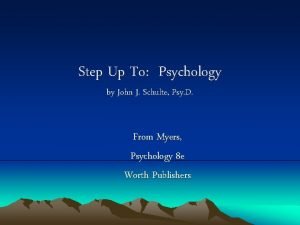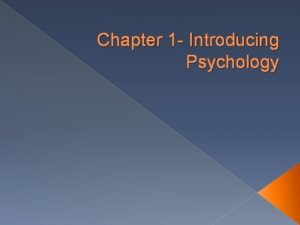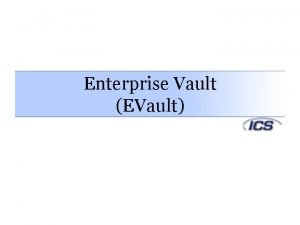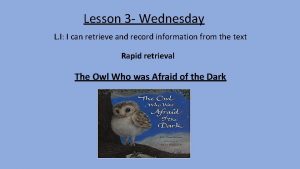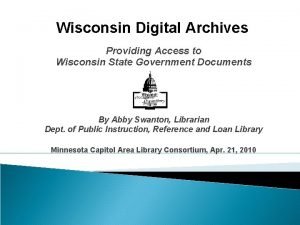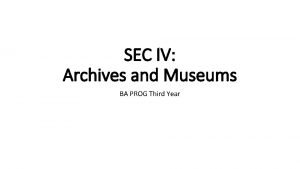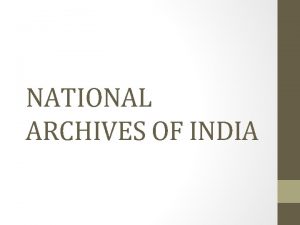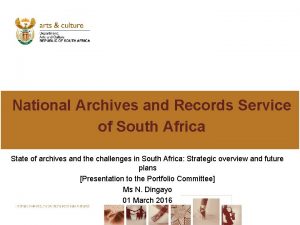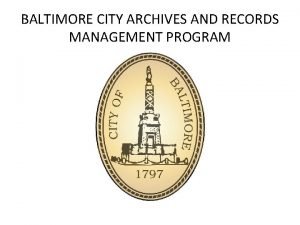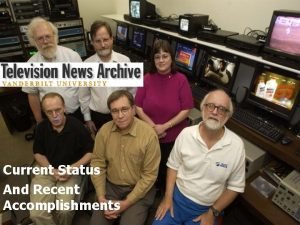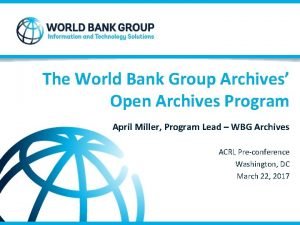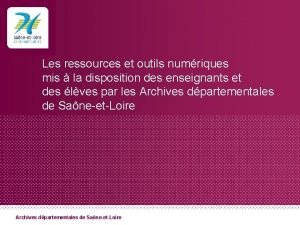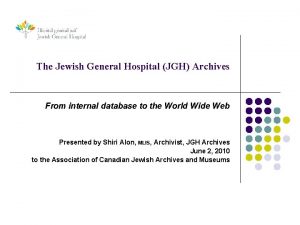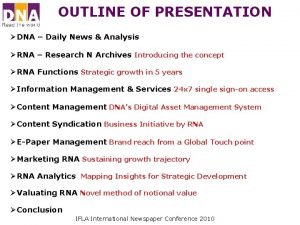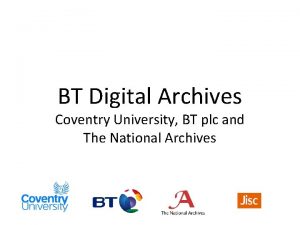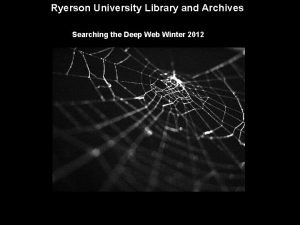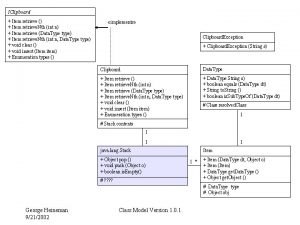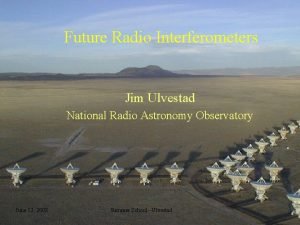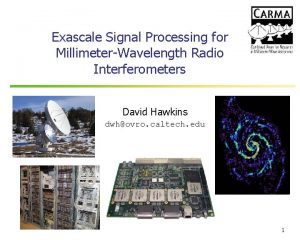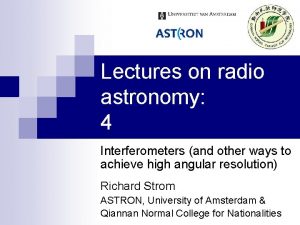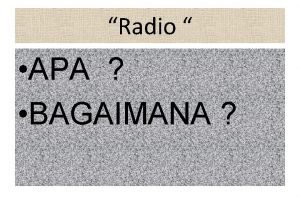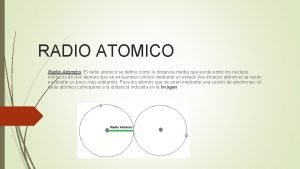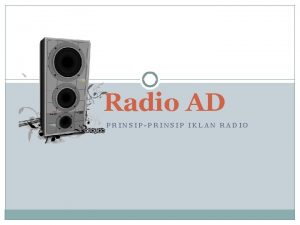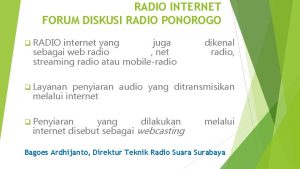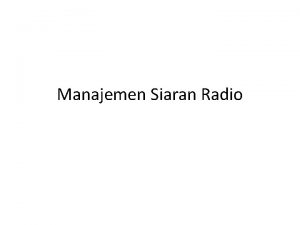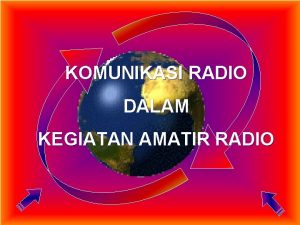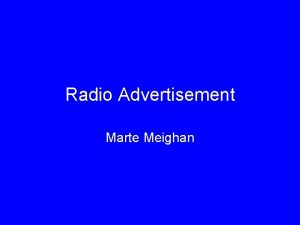Radio Interferometers Data Archives how to find retrieve



























- Slides: 27

Radio Interferometers’ Data Archives how to find, retrieve, and image radio data: a lay-person’s primer Michael P Rupen (NRAO)

By the end of this talk, you should know: • The standard radio imaging surveys that provide FITS images • How to find your source in the VLA/VLBA archives • How to choose which data to download from those archives • That there is an easy method to convert those data into preliminary images

Sources of radio data: Surveys • Will soon cover entire sky at <= 1. 5 GHz • Resolutions typically 45 arcsec • RMS noise of 0. 5 m. Jy (NVSS/1. 4 GHz, >-40) to 2 m. Jy (SUMSS/0. 84 GHz, <-30) • Postage stamp servers JPG/FITS images • NVSS:

Sources of radio data: Surveys • Several other sky surveys: WENSS, 4 MASS/VLSS, FIRST, … • Many nifty targeted, special-interest surveys – Canadian Galactic Plane Survey (CGPS) – WHISP, BIMA-SONG – VLBI: MOJAVE, Radio Reference Frame Image Database, DRAGN, VLBA Calibrator Survey, … – SIRTF/Spitzer First Look Survey

Sources of radio data: Archives • NRAO – – Very Large Array (VLA): the workhorse, ~3 TB of data! Very Long Baseline Array (VLBA) Green Bank Telescope (GBT) Returns raw data via ftp • Australia Telescope Compact Array (ATCA) – E-mail to get raw data • MERLIN (England) Working on processing all data for public use! • Others – do not exist (WSRT, OVRO, Pd. BI, GMRT) – painful to search (BIMA, EVN/JIVE)

Finding radio data: choosing the telescope • North or south? – Dec >-40 VLA/VLBA • Dec> 0 MERLIN – Dec <-30 ATCA • Desired resolution & source size? – VLA/ATCA: arcsecond to arcmin resolution over few to 10 s of arcminutes – MERLIN: 10 s of milliarcseconds res’n over arcmin – VLBA: milliarcsecond res’n over arcseconds

Finding radio data: checking the (VLA) archive • Search by • source name (SIMBAD) or position + radius • VLA configuration • obs. frequency • Check Obs. Summary Table Actively evolving – feedback is very welcome!!!

Finding radio data: checking the (VLA) archive Returns: § Date § Observing frequency § Configuration • Field of view • Resolution • Largest angular scale • Time on source • Theoretical rms noise • Number of channels • Bandwidth • Stokes

Choosing your data: resolution Qµ l/B “So it’s easy: you always use A configuration!” Well…no…: • Surface brightness sensitivity: you want to match the resolution to the source size, for maximum sensitivity • Chromatic aberration • Interferometers act as spatial filters…and you’re quite likely to high-pass filter your source away

Choosing your data: missing structure • Interferometers have the resolution of a telescope • the size of the antenna separation (e. g. kilometers) Unfortunately that size scale’s the only one they measure! – hence the need for >> 2 antennas • If you have lots of telescopes widely separated • from one another, you learn lots about the finescale source structure…and nothing at all about the source as a whole. Archive reports LAS= largest angular scale

A real-life example A 0. 3” B 1. 3” C 4” D 15”

Cas A: four VLA configurations A 0. 3” C 4” B 1. 3” D 15” A+B+C+D 0. 3” + total flux

Finding radio data: checking the (VLA) archive Returns: üDate üObserving frequency üConfiguration üField of view üResolution üLargest angular scale • Time on source • Theoretical rms noise • Number of channels • Bandwidth • Stokes

Choosing your data: sensitivity s µ 1/(t Dn)1/2 • Archive reports BW, time on source, and • theoretical rms noise (what you could get in a perfect world) Longer observations are better – even more true for interferometers • More bandwidth is good – apart from spectroscopy, chromatic aberration, etc. • Some frequency bands are more sensitive than others – depends on the instrument – 5 or 8 GHz probably a good bet

Finding radio data: checking the (VLA) archive Returns: üDate üObserving frequency üConfiguration üField of view üResolution üLargest angular scale üTime on source üTheoretical rms noise • Number of channels üBandwidth • Stokes

Choosing your data: special purposes • Spectral line – total bandwidth must cover the entire line – spectral resolution is BW/Nchan • Polarization – Stokes field reports available correlations (eventually will move to RCP, linear, circular, full) – need a long run for standard pol’n calibration

Choosing your data: ease of reduction • Continuum is easier than spectral line – single-channel data are simplest • “Center” frequencies are easier than edges – 1 -15 GHz is easier than <1 GHz or >15 GHz • VLBI is trickier than VLA/ATCA • New data are better than old

Finding radio data: checking the (VLA) archive Returns: üDate üObserving frequency üConfiguration üField of view üResolution üLargest angular scale üTime on source üTheoretical rms noise üNumber of channels üBandwidth üStokes

Dealing with data: a first look • The archives send raw uv-data, not images • Quick & dirty processing: VLARUN, VLBARUN (kudos to Loránt Sjouwerman ) – can get reasonable quick-look images in a few minutes, with no special punditry required • Steps: – – – AIPS Load in data (FILLM) Set array configuration; image size; depth of deconvolution – VLARUN calibrated data & images – Write them out (FITTP) • N. B. : why not just give people images? !?

M 51: Surveys… NVSS: 45” res’n FIRST: 5. 4” res’n

Finding radio data: checking the (VLA) archive Obs. Frequency • 1. 4 GHz for size Configuration • C for res’n (15”) + large structure Exposure time • Longest available Continuum

…and the archive VLA/C @ 20 cm: 15” res’n

3 C 433: NVSS… D @ 20 cm: 45” res’n

…and the archive: B C D B+C+ VLA/B+C+D @ 4 cm 1. 5” res’n Elapsed time: ~1 hour D

Dealing with data: a first look • Failures tend to be obvious: – it is easier to destroy than to create! – the wackier the image, the easier it is to fix IC 10

IC 10 Flag two 10 -second records… …et voilá!

The future • Actively working on improving the archive – already producing lots of good stuff • e 2 e is required for ALMA and the EVLA • Lots of new radio telescopes coming this decade: SMA, EVLA, ALMA, e. MERLIN, … a good time to learn!
 Tujuan teknologi ramah lingkungan
Tujuan teknologi ramah lingkungan 5 year old tammy mistakenly believes
5 year old tammy mistakenly believes Vipers explain
Vipers explain Vocabulary viper
Vocabulary viper Structuralism vs functionalism
Structuralism vs functionalism How to enable enterprise vault in outlook
How to enable enterprise vault in outlook Retrieve
Retrieve Conventional radio system
Conventional radio system Covilib
Covilib National archives gb rail 253/516
National archives gb rail 253/516 Archives and museums du study material
Archives and museums du study material Write a short note on national archives of india
Write a short note on national archives of india Sa national archives
Sa national archives Baltimore city archives
Baltimore city archives Religious archives examples
Religious archives examples Vanderbilt television news archive
Vanderbilt television news archive Indots
Indots Bellshill speaker archives
Bellshill speaker archives Edhint
Edhint The world bank
The world bank Interim archives
Interim archives Www.archives.71fr
Www.archives.71fr Jewish general hospital pharmacy
Jewish general hospital pharmacy Dna daily news analysis
Dna daily news analysis Coloured gemstones working group
Coloured gemstones working group Tom thoon
Tom thoon Bt digital archives
Bt digital archives Ryerson library archives
Ryerson library archives

